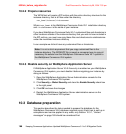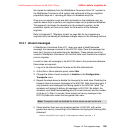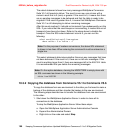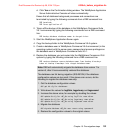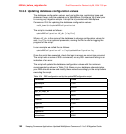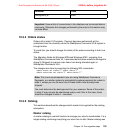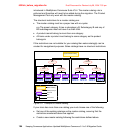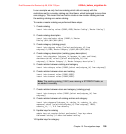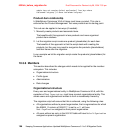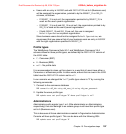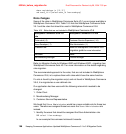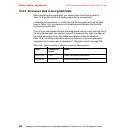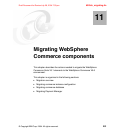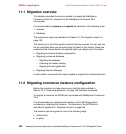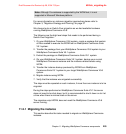6320ch_before_migration.fm Draft Document for Review July 28, 2004 7:33 pm
196 Keeping Commerce Applications Updated WebSphere Commerce 5.1 to 5.6 Migration Guide
update keys set counter=(select max(counter) from keys where
tablename='catgroup')+1 where tablename='catgroup'
Product-item relationship
In WebSphere Commerce V5.6 all items must have a product. This rule is
enforced as the Product Management Tool uses products as its starting point.
This rule can be applied in two ways (if needed):
1. Manually create products and associate items.
The benefits with this approach is less products and more organized
product-item relations.
2. Let the migration script create one product (placeholder) for each item.
The benefits of this approach is that the script deals with creating the
products, but the user may need to reorganize the products (placeholders)
and their items after the migration.
In our example we let the migration script create the products (placeholders) for
the items.
10.3.6 Members
This section describes the changes which needs to be applied for the member
subsystem. This includes:
Organizational structure
Profile types
Administrators
Role changes
Organizational structure
Every user and organizational entity in WebSphere Commerce V5.6, with the
exception of Root Organization, must have a parent organizational entity. This
allows users and organizational entities to form a membership hierarchy.
The migration script will ensure that this is enforced, using the following rules:
All organizations without a parent organization, that is organizations for which
the MEMBER_ID column of ORGENTITY is set to null, will have
Root Organization assigned as their parent organization.
All users without an entry in the BUSPROF table will have Default Oganization
assigned as parent organization.



